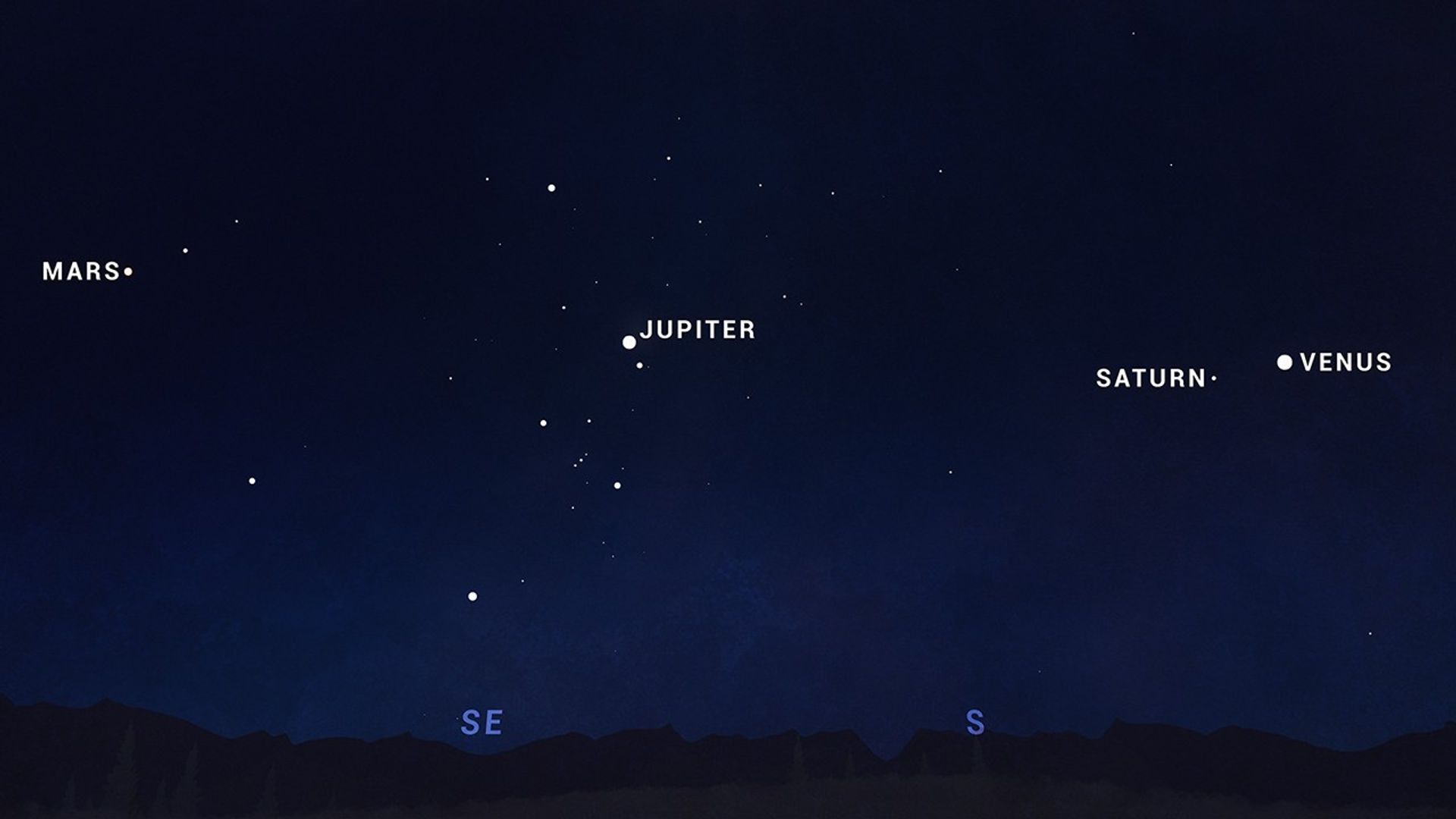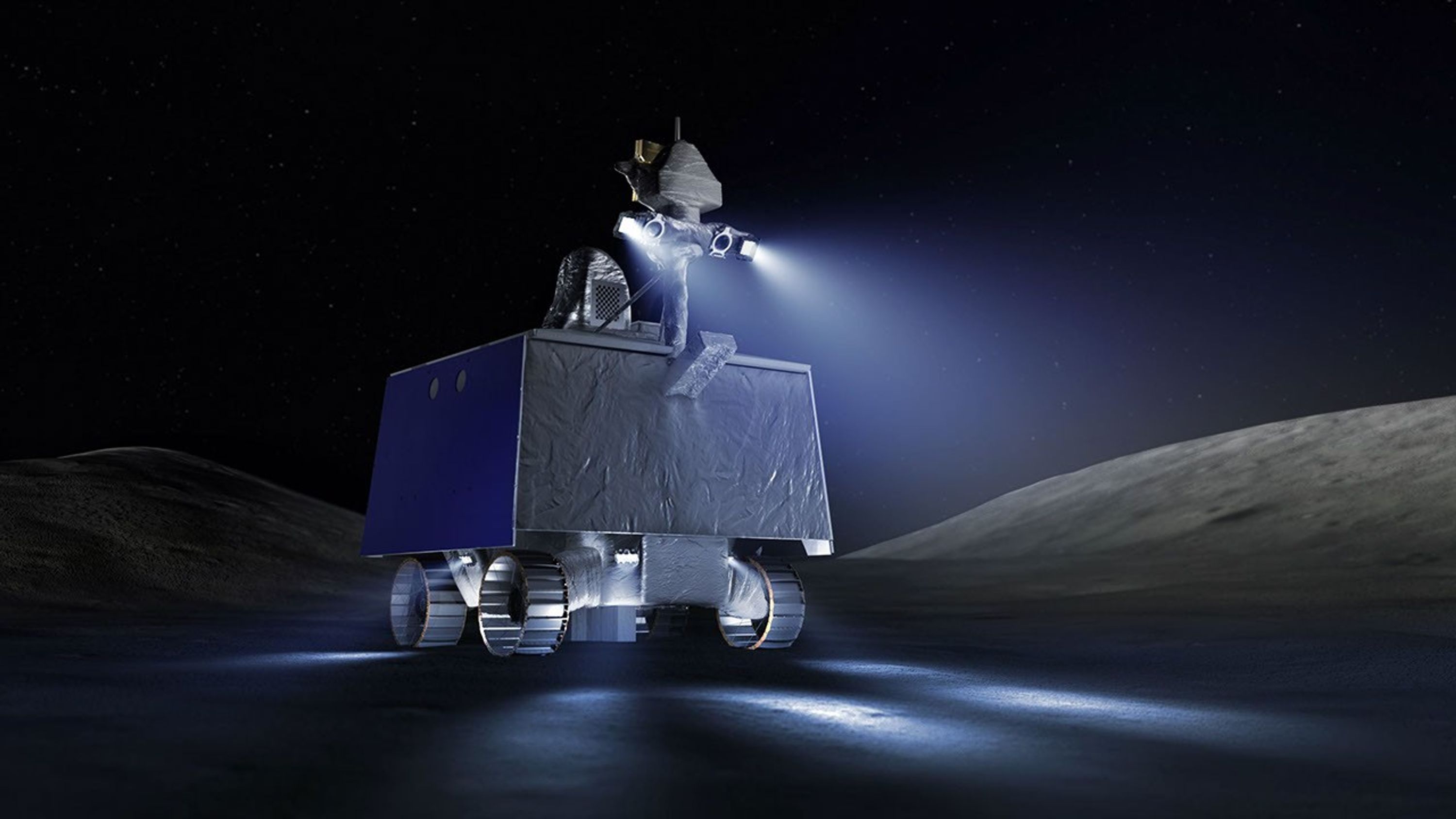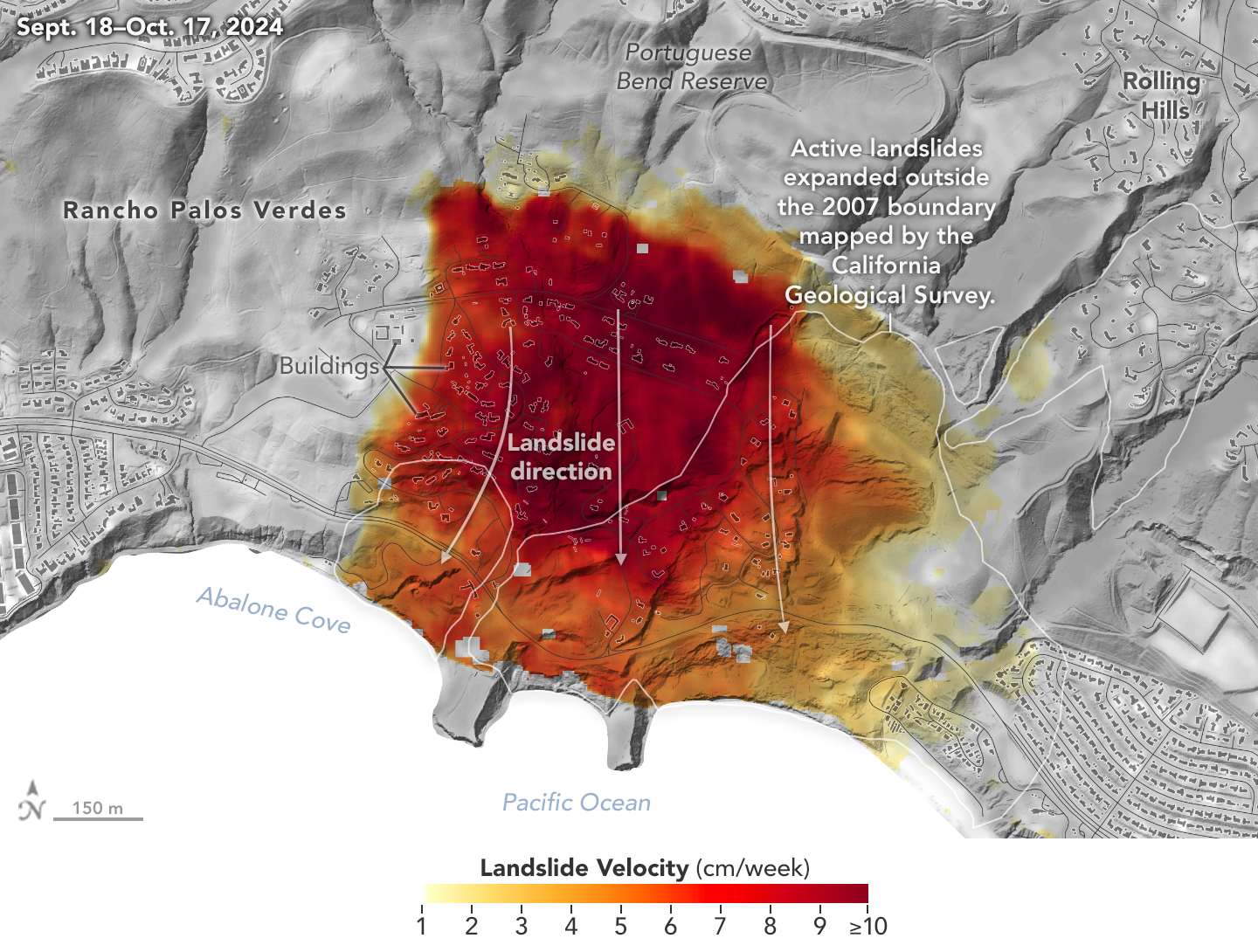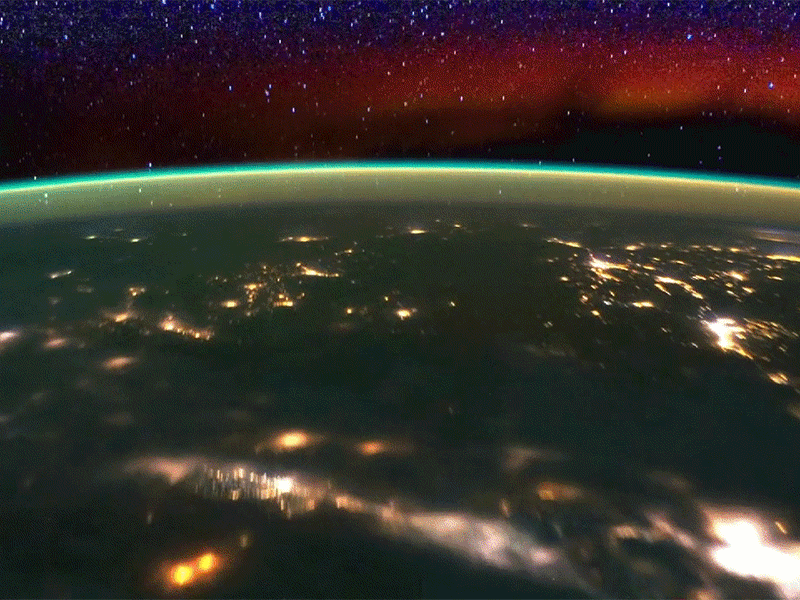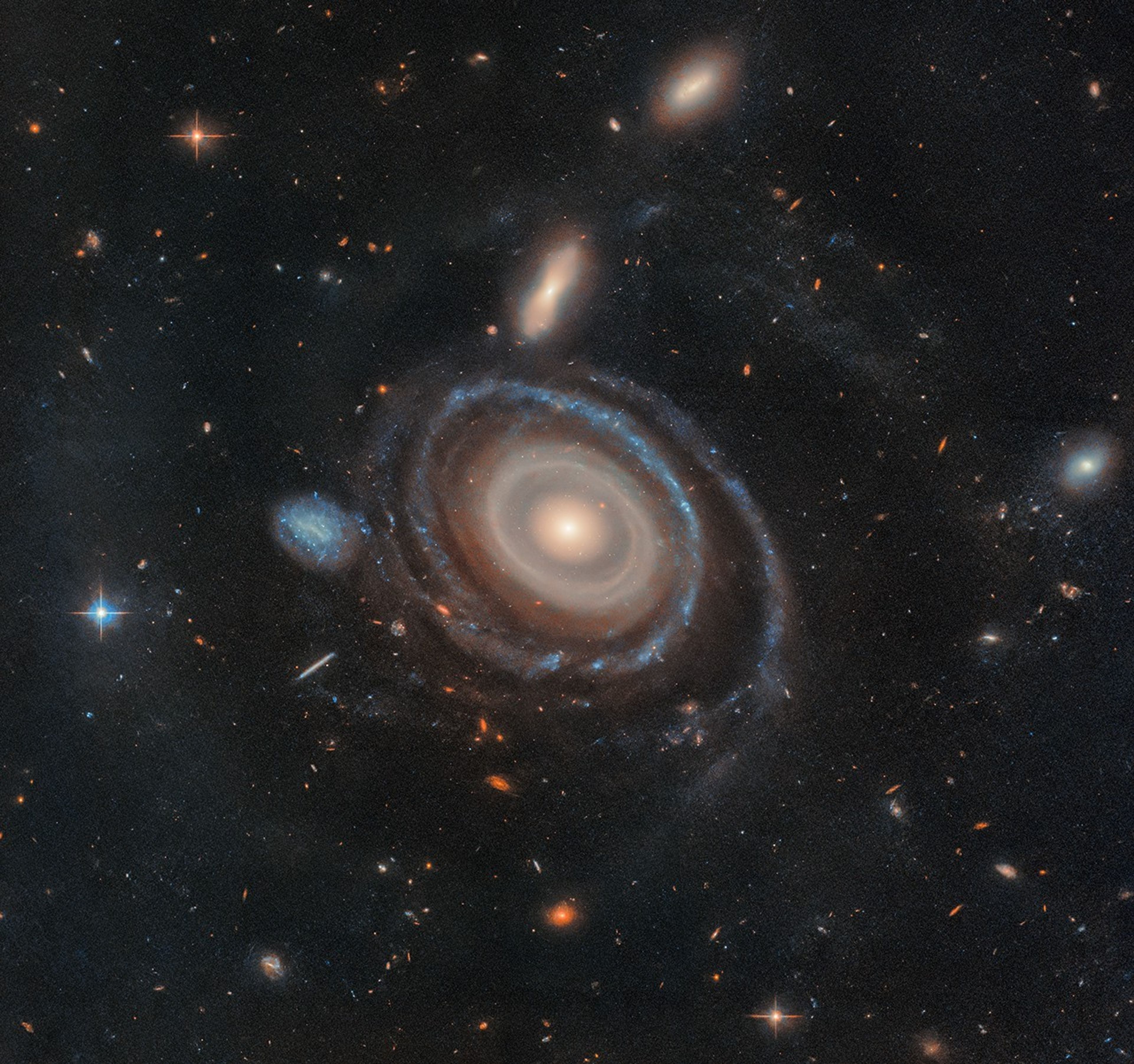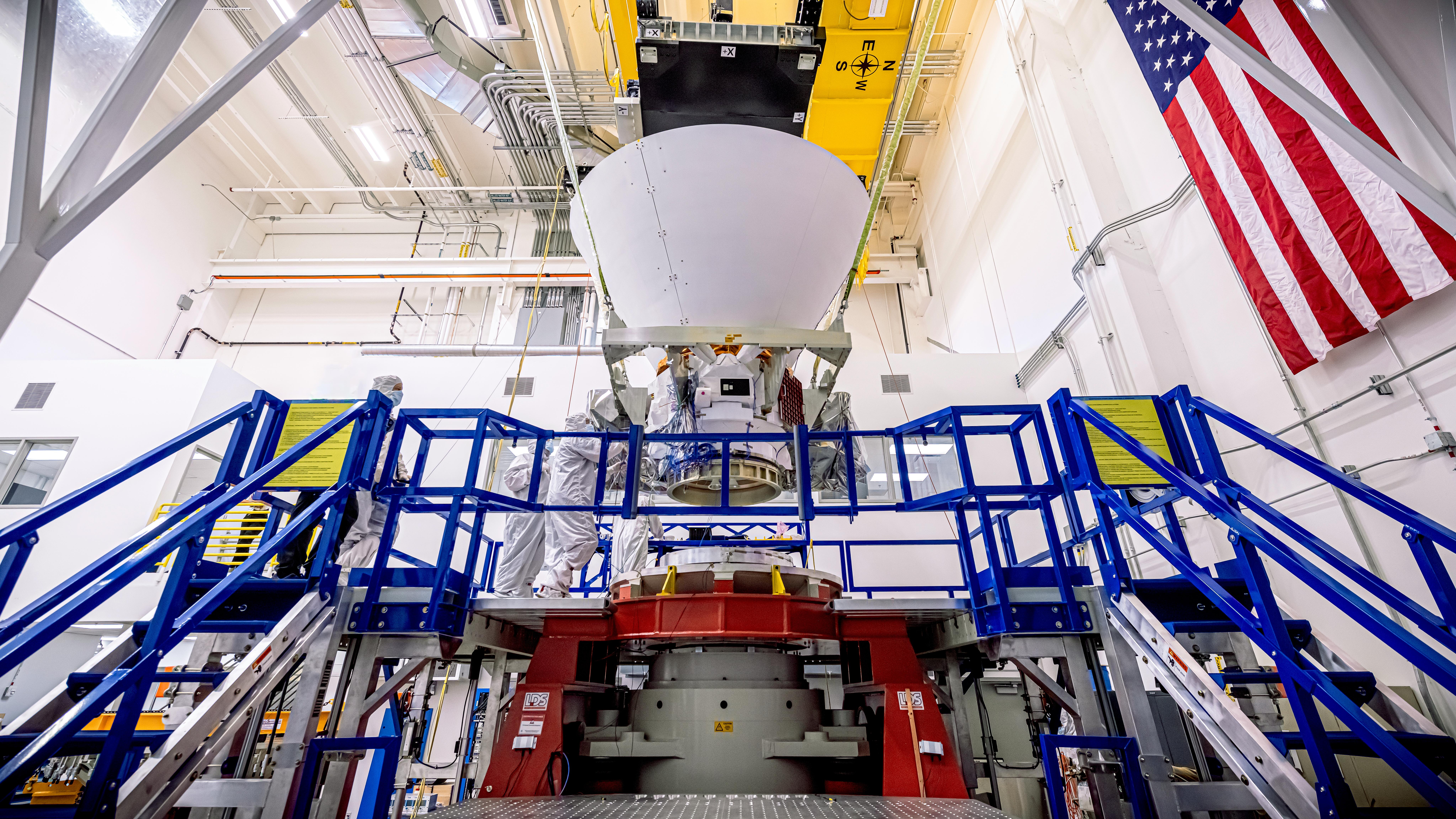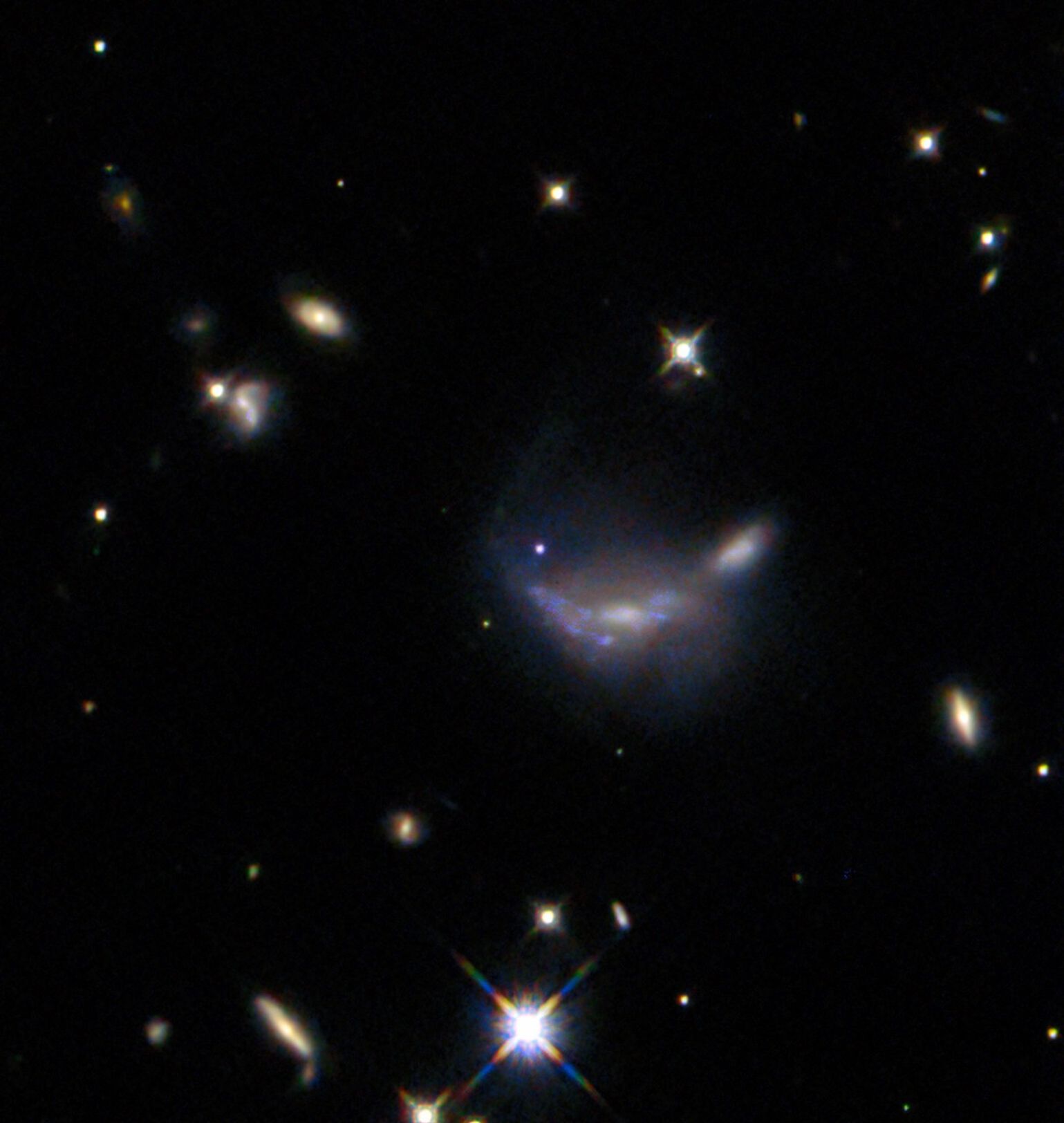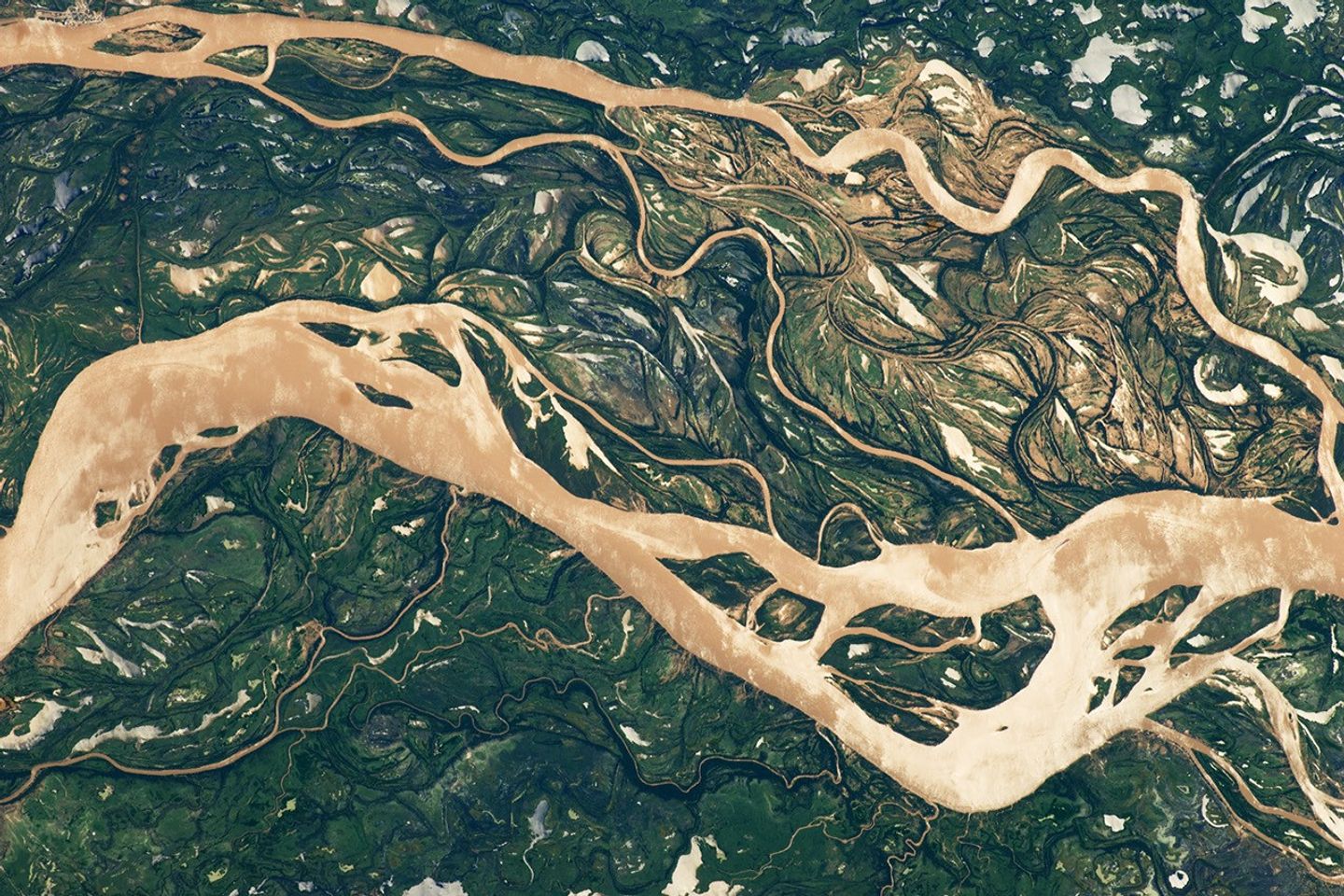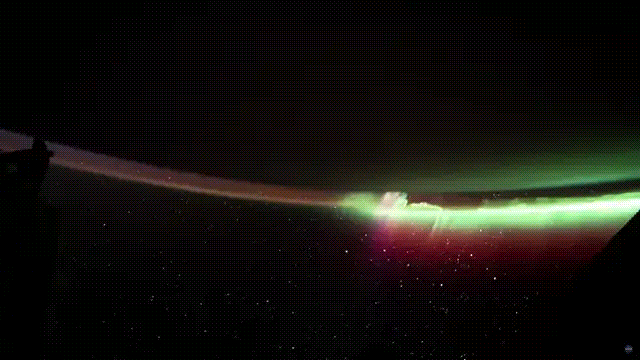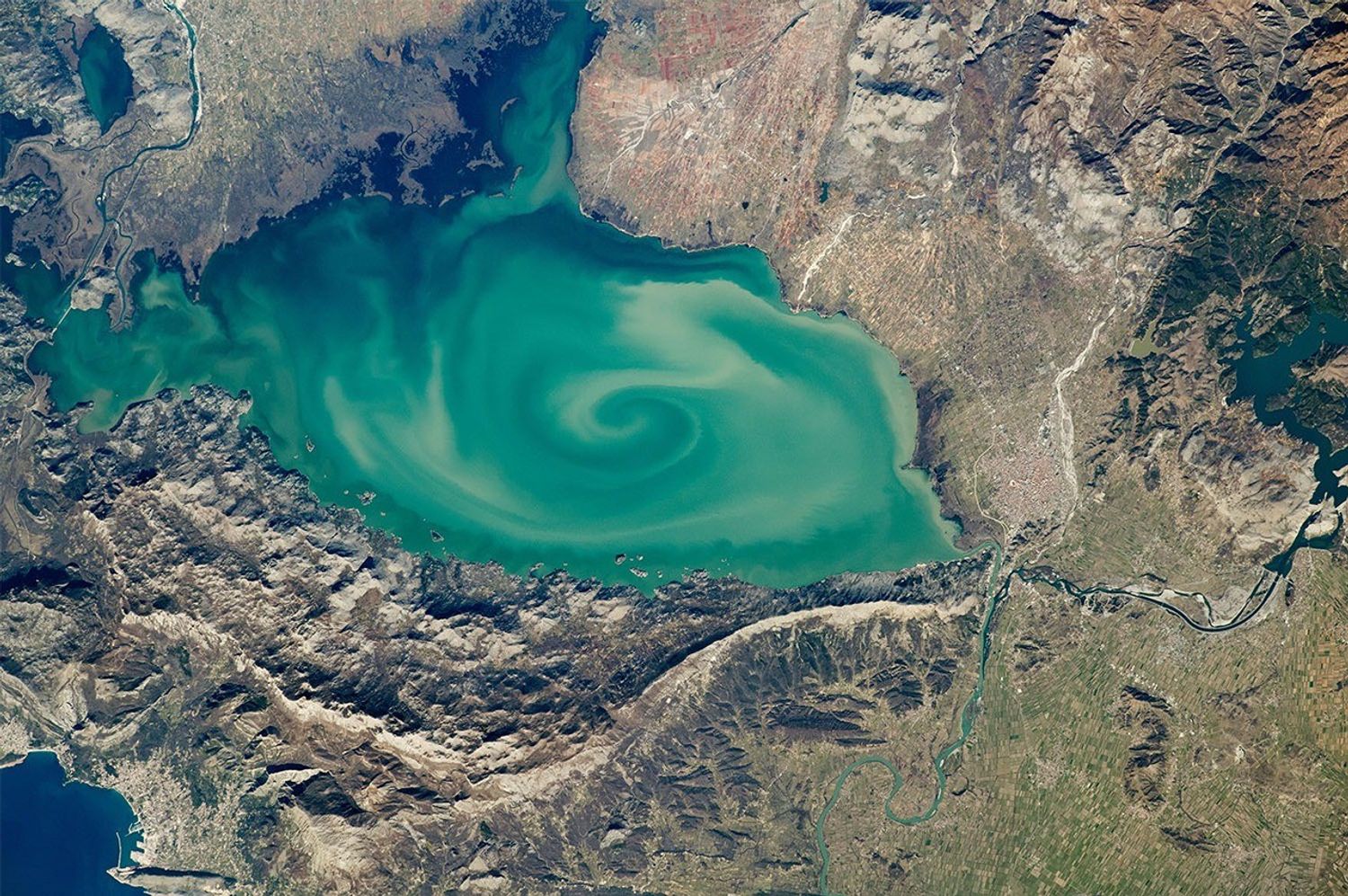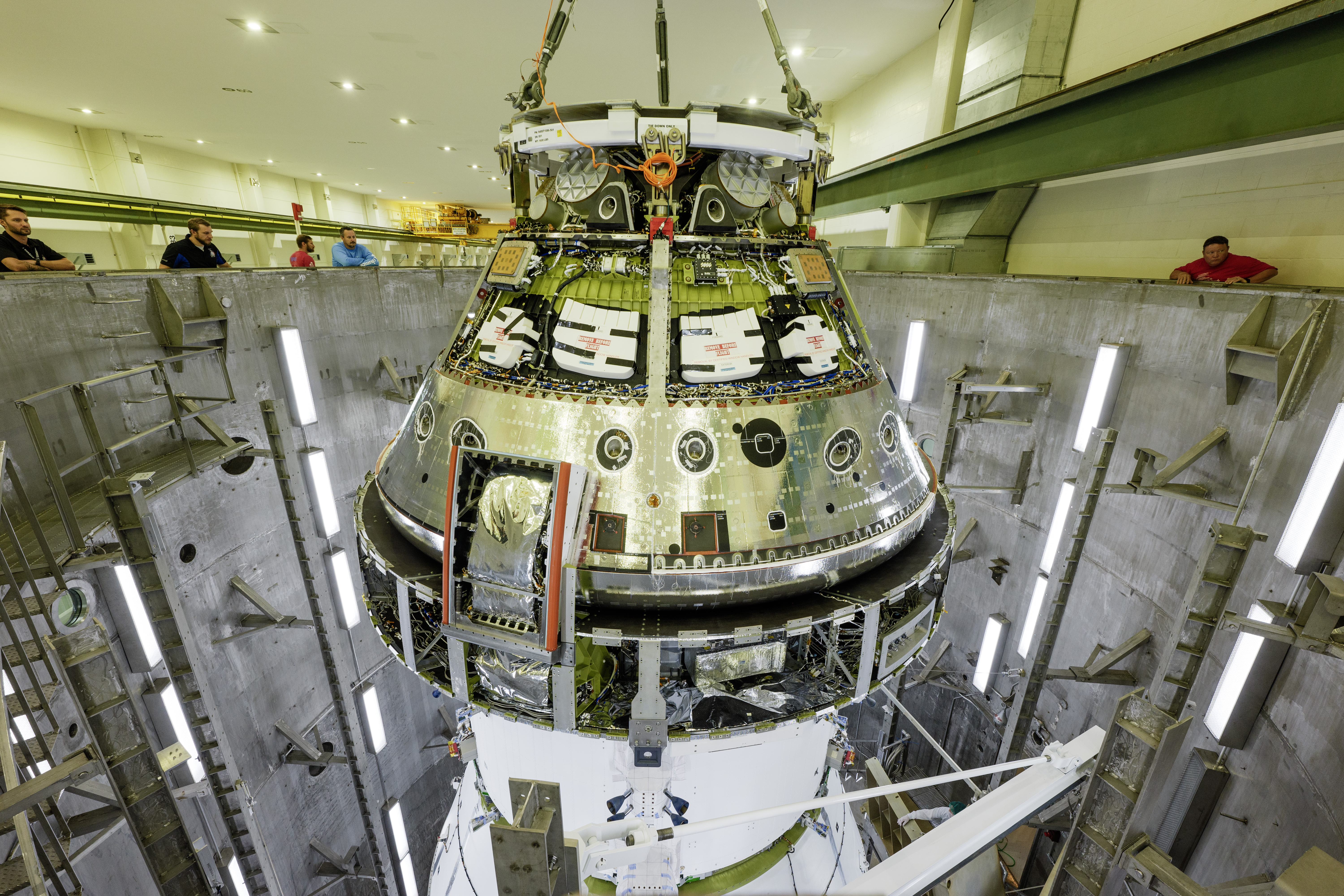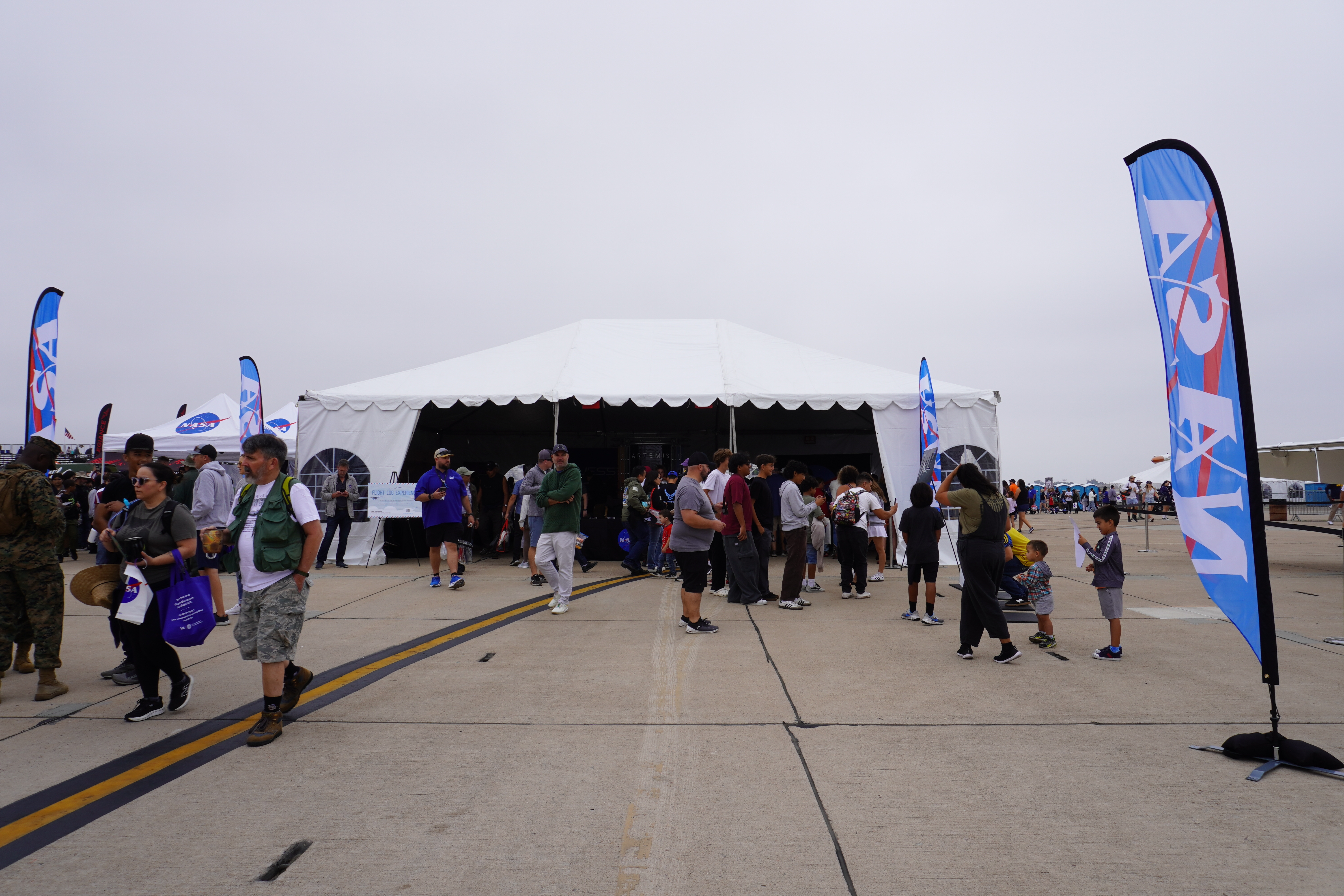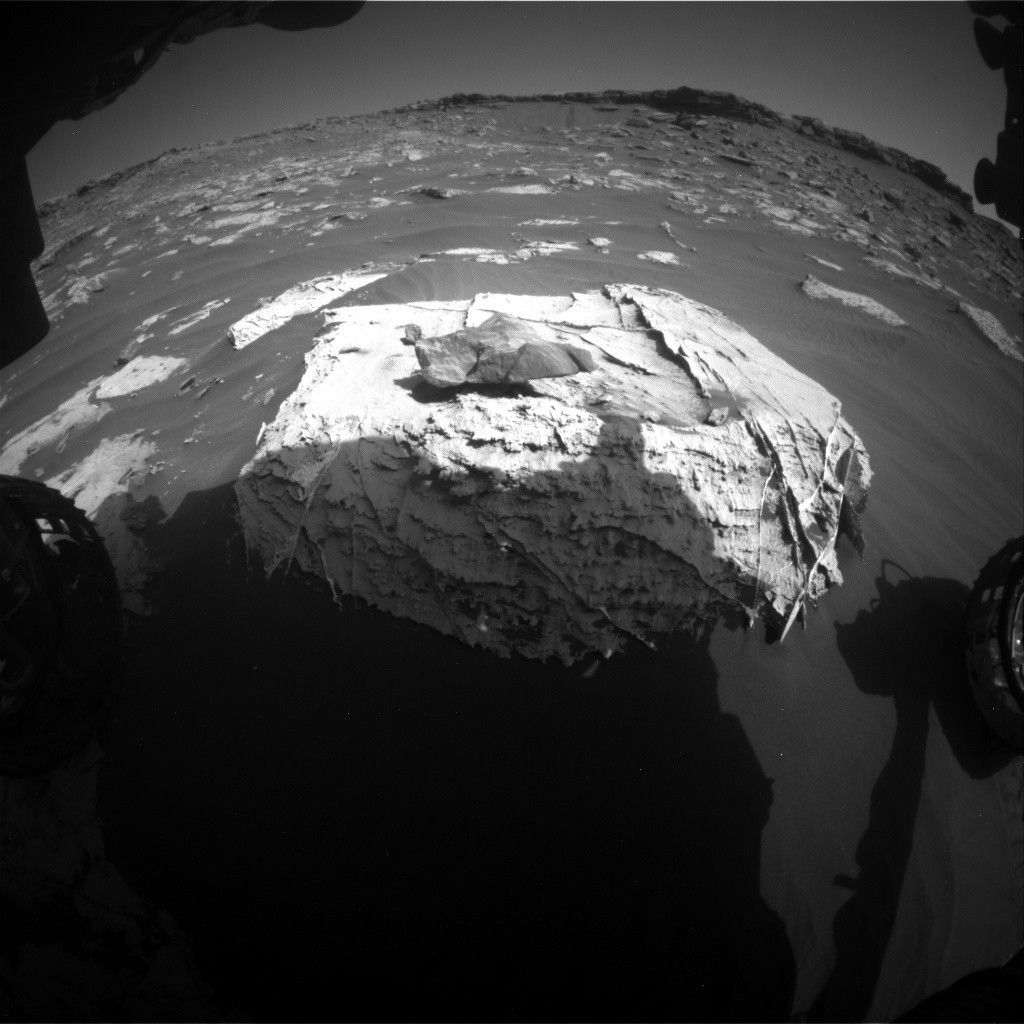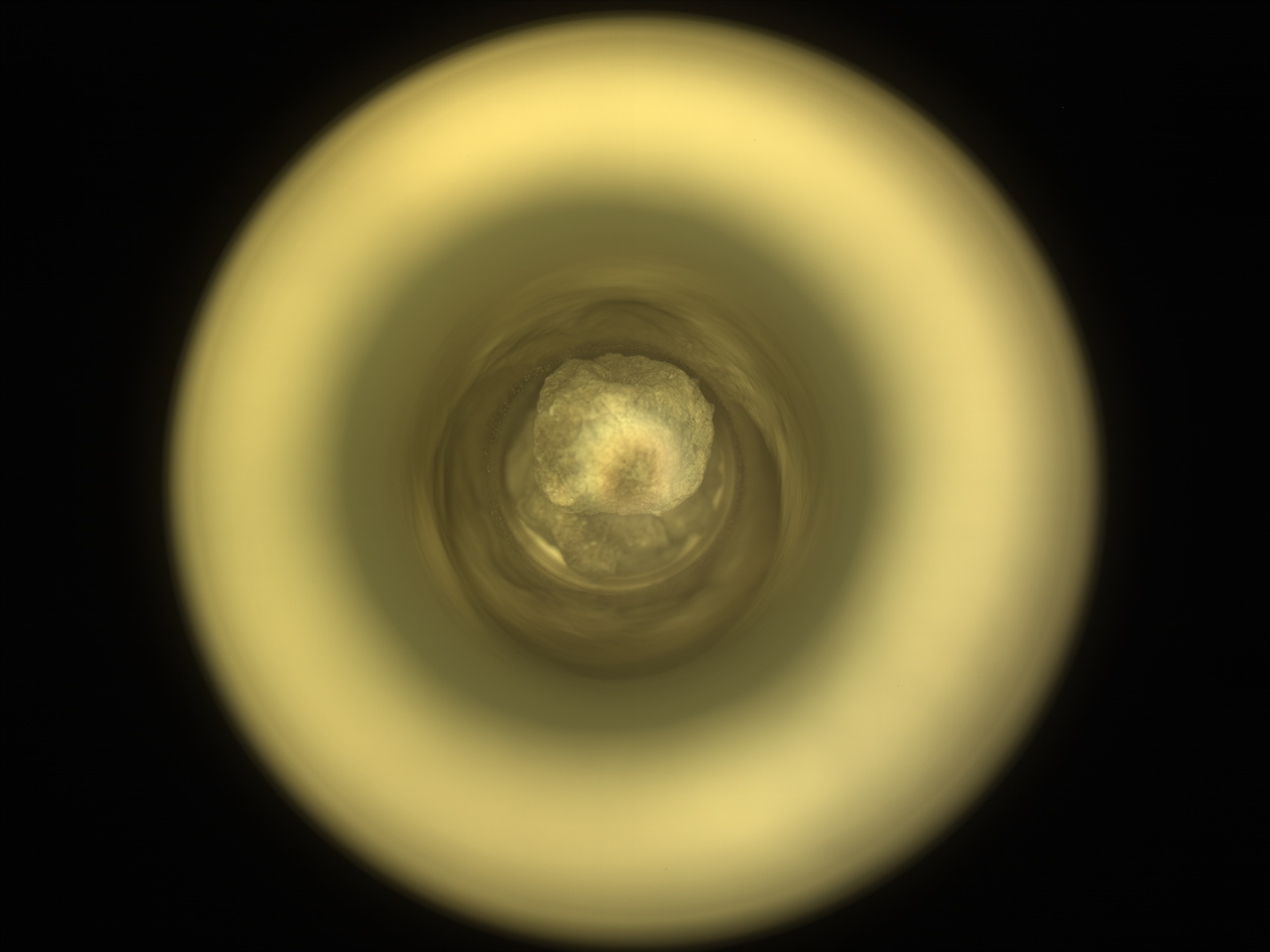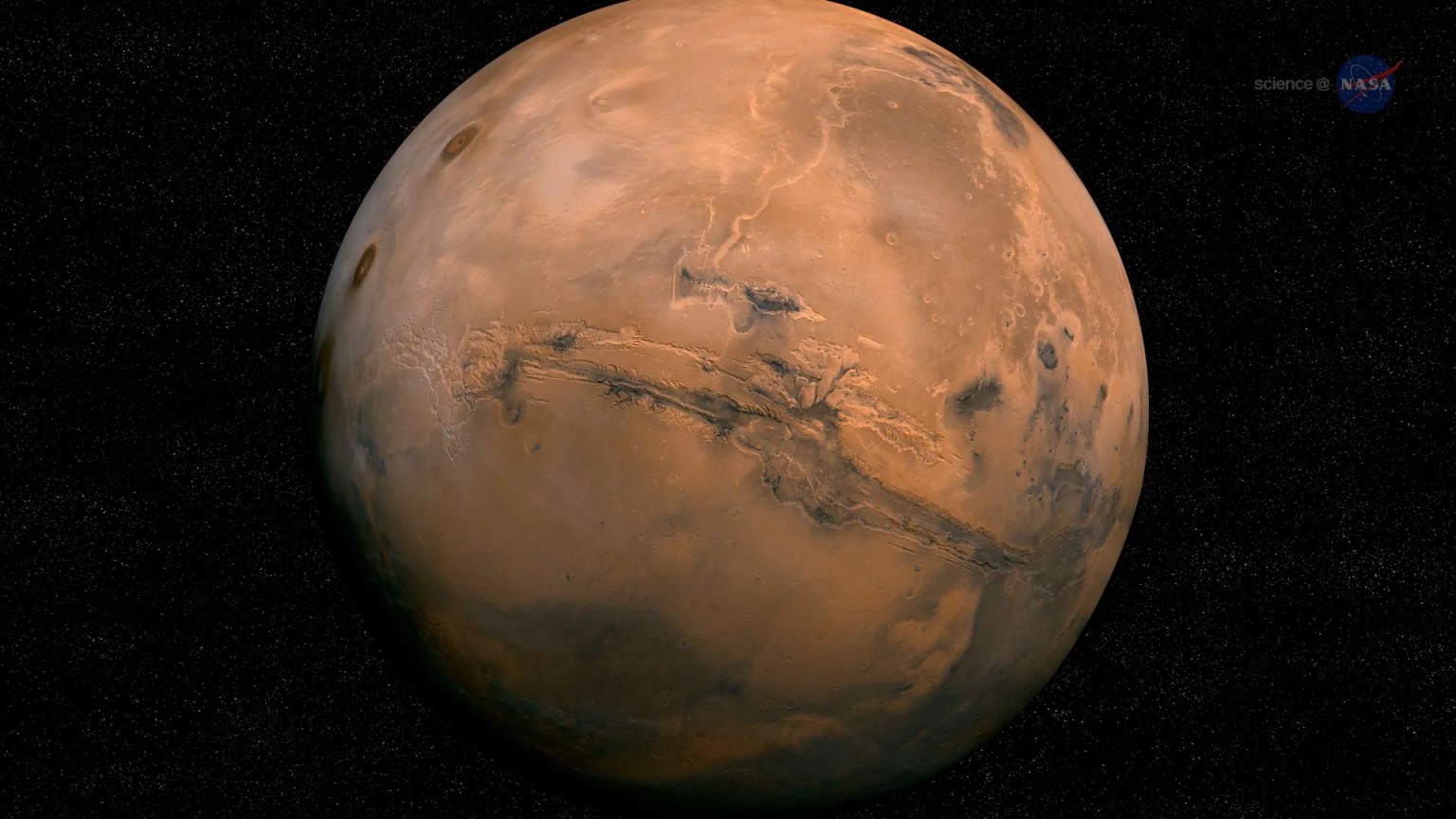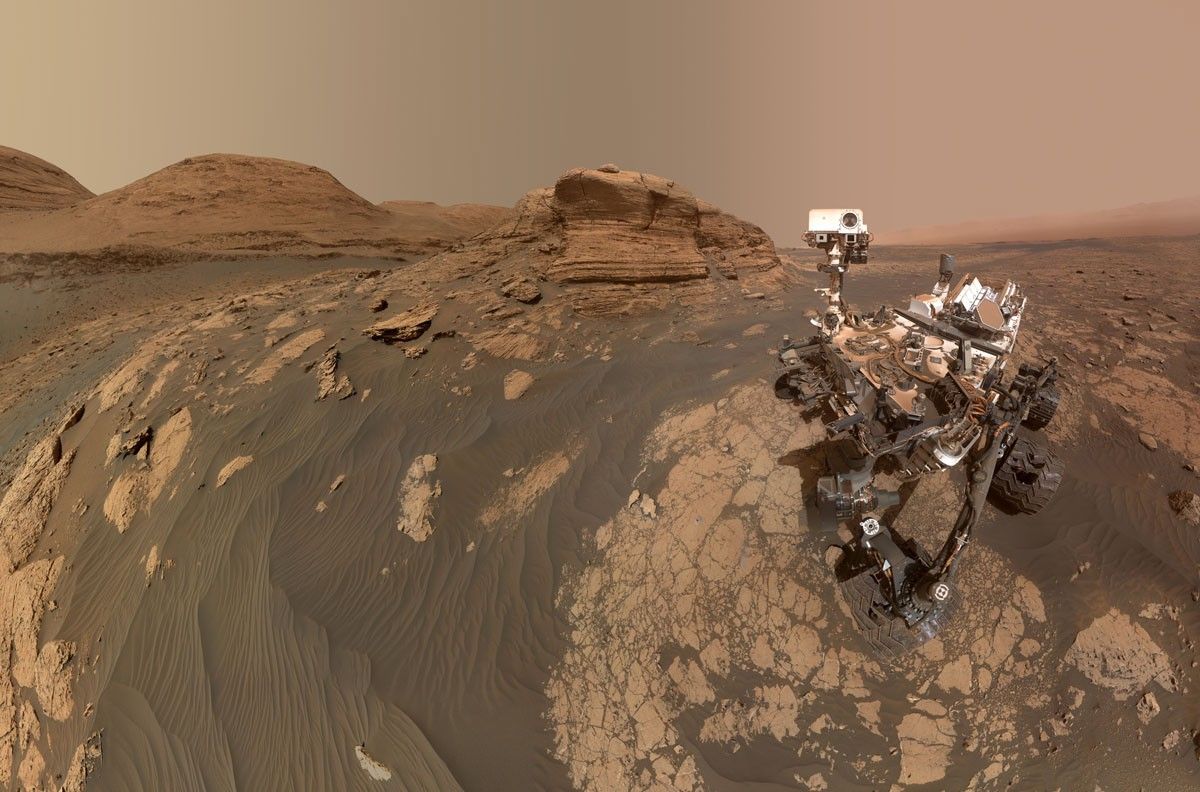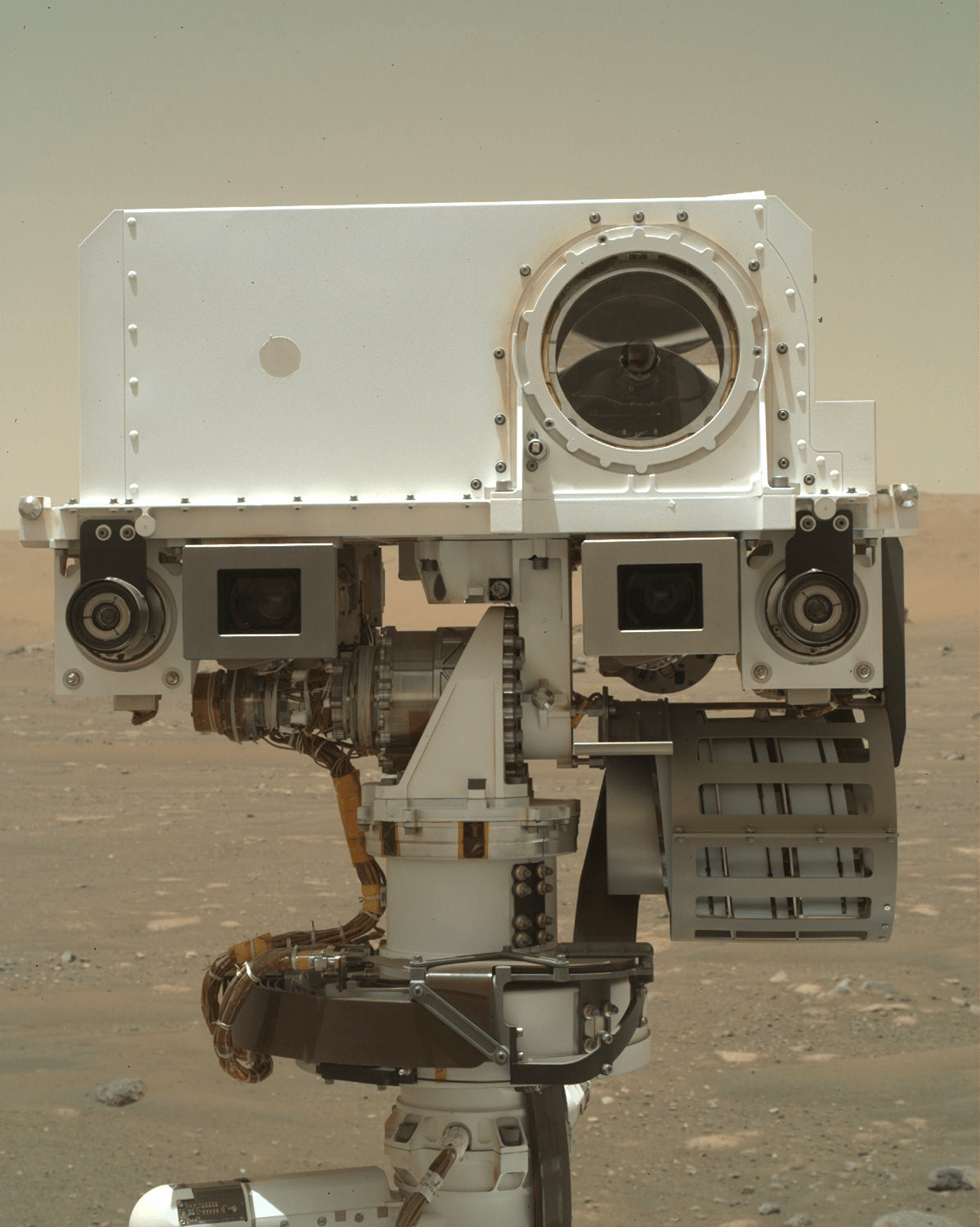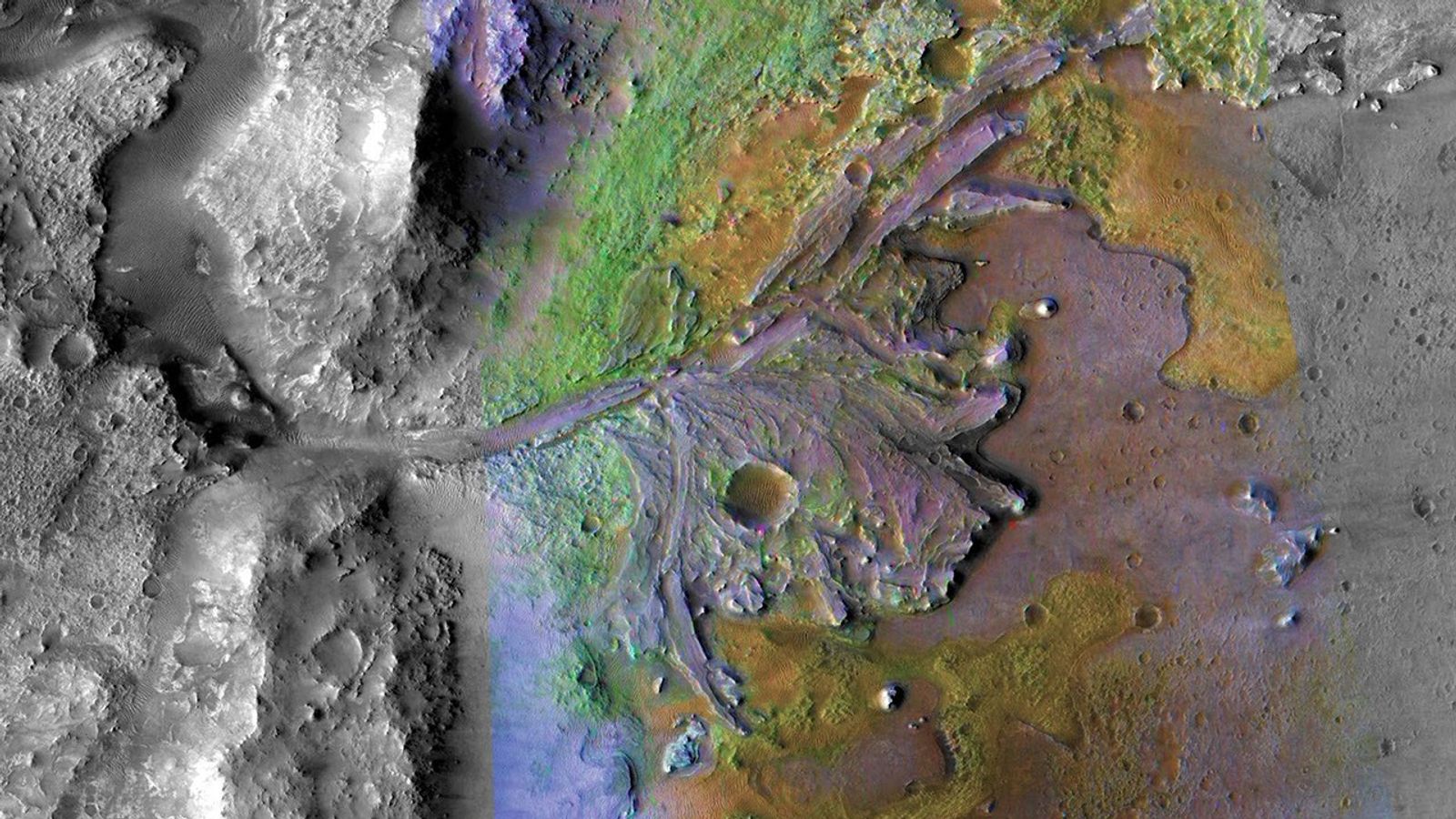Today the geology theme group planned a single sol with a short science block and contact science, followed by a drive towards the bench along the side of “Tower Butte.”
Today the geology theme group (GEO) planned a single sol with a short science block (ChemCam and Mastcam) and contact science (APXS and MAHLI), followed by a drive towards the bench along the side of “Tower Butte.” The bench is an area that we are very interested in, as it marks a potential contact between the mudstones and sandstones that we have been driving over and a “capping” rock, which looks quite different. As we drive, we are looking for changes in chemistry and sedimentary processes, which can help us understand one of the big questions we are wrestling with right now: “Why are these buttes here?!!”
APXS and MAHLI are analyzing the bedrock target “Lost Valley,” (the larger block in the centre of the image above) whilst ChemCam and Mastcam are analyzing two other bedrock targets “Balantyre” and “Aberdeenshire.” Mastcam will also image a very intriguing rock “Hill of Stake” outside of the range of the other instruments, and further imaging of the “Greenheugh” pediment, which we hope to climb onto before this year is out.
Once these activities are complete, we start to climb further up the hill towards Tower Butte, hoping to end up with more bedrock in our workspace for a more complete compositional picture.
The environmental theme group (ENV) crammed activities into this short sol too, including “full tau” and “crater rim” observations, which allows the ENV group to quantify dust in the crater and overhead in the atmosphere. REMS will acquire temperature, pressure, humidity, and UV radiation measurements. DAN continues its search for subsurface hydrogen, with frequent passive (utilizing cosmic rays as a source of neutrons to measure hydrogen) and post-drive active (actively shooting neutrons from the rover) measurements.
Written by Catherine O’Connell

